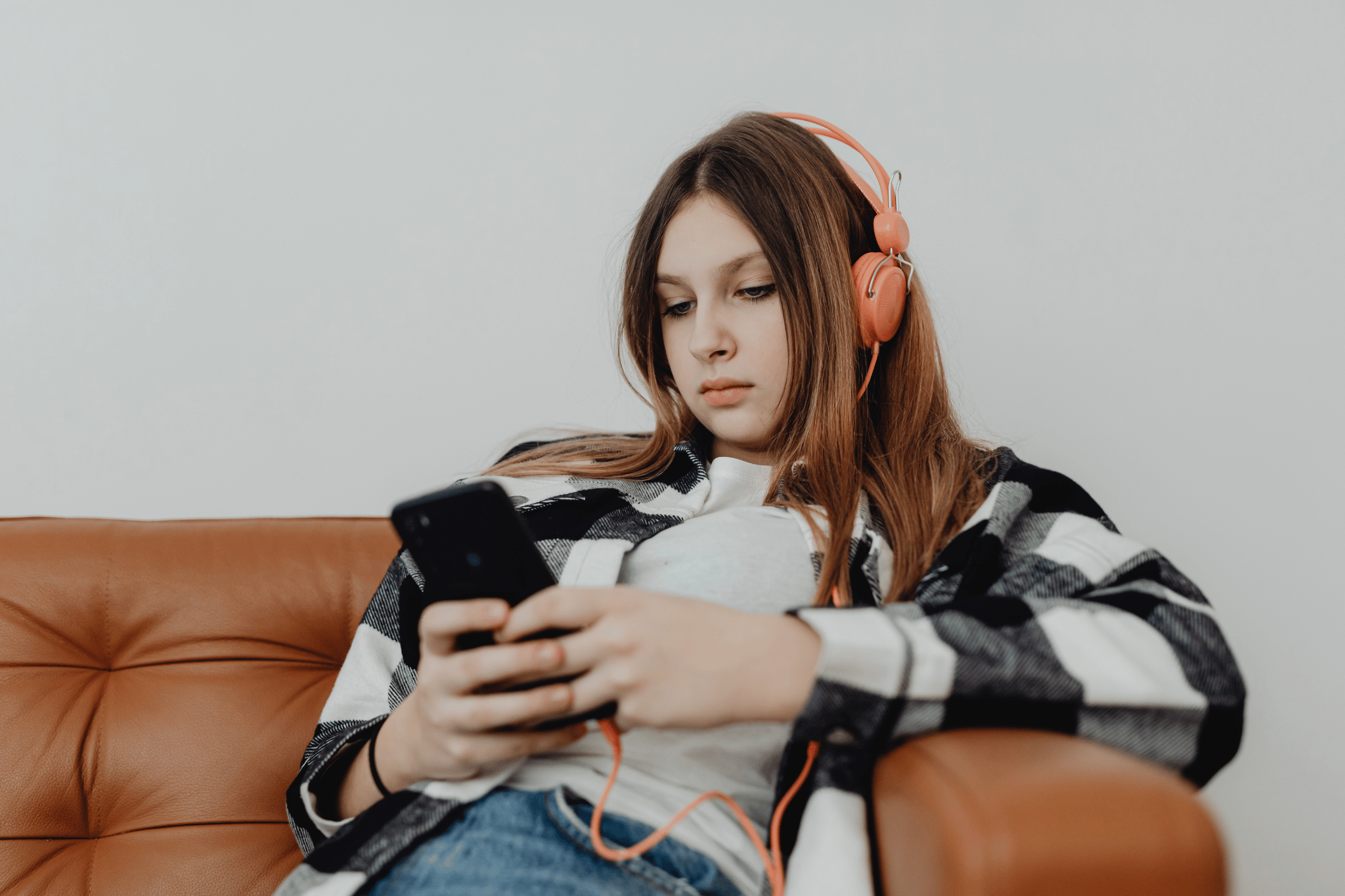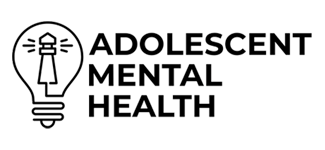Digital Detox for Teens: A Path to Healthier Habits
Digital detoxing has become more important than ever in the lives of teens. With the average teenager spending multiple hours per day on smartphones, video games, and social media, it’s no surprise that digital overload can lead to physical, emotional, and mental health issues. Helping teens take a break from digital devices can support healthier habits, emotional wellness, and stronger real-life connections.
Understanding Digital Detox
Definition and Purpose
A digital detox is a period of time when a teen steps away from electronic devices such as mobile phones, tablets, and computers. The goal is to reset digital habits and reduce the addictive nature of constant connectivity, especially from apps, social networking, and video games. A digital detox goal is to restore a healthy balance between online engagement and daily lives.
Importance for Teens
Teens are vulnerable to the negative effects of excessive screen time, including social isolation, anxiety in girls, poor sleep quality, and a disrupted sleep cycle. Digital detoxing gives teens a chance to improve mental health, build emotional regulation skills, and enjoy quality of life away from digital distractions.
Challenges of Excessive Screen Time

Impact on Mental Health
Excessive time on devices—especially social media—can lead to a poor relationship with technology and mental health issues such as anxiety attacks, depression, and low self-esteem. Social comparisons and unrealistic beauty standards are common sources of anxiety, especially among a 15-year-old high school student or a 16-year-old high school student navigating peer pressure.
Physical Effects of Overuse
Constant exposure to the blue light from phone screens affects the nervous system and contributes to sleep deprivation. Lack of sleep can affect physical health, mood, and school performance. Sitting for long periods without physical activity also affects posture and energy levels.
Influence on Sleep Patterns
Digital distractions near bedtime interfere with the body’s natural sleep cycle. Teens need 7–9 hours of rest, but phone use within an hour before bed or during minutes after school can lower sleep quality. Replacing the phone screen with a book or alarm clock can support better rest.
Social Interaction and Relationship Strains
Overuse of digital devices weakens social skills and reduces time with family members. Teens may miss real-life emotional cues or struggle to make meaningful connections due to addiction to tech devices. Encouraging tech-free time supports social activities, personal growth, and a stronger sense of connection.
Academic Performance Implications
Screen time during the school day and late into the night affects focus and productivity. Digital habits can interfere with homework, test preparation, and overall academic success. Screen time reports often show increased hours per day on non-educational activities.
Recognizing Signs of Digital Dependency
Behavioral Indicators
Teens glued to their cell phones during meals or who panic when separated from devices may show signs of gaming disorder or addiction in teens. These habits can affect many aspects of life, from concentration to mood.
Emotional Symptoms
Irritability, anxiety, and difficulty calming down without a device suggest an over-reliance on digital stimulation. A 15-year-old Canadian high school student feeling overwhelmed after scrolling through social media is not uncommon.
Academic and Social Signals
Lower grades, skipping assignments, and withdrawal from family time or social events can be linked to excessive screen time. These signs often reflect an imbalance in a teen’s relationship with technology.
Strategies for Implementing a Digital Detox

Setting Screen-Free Zones and Times
Create screen-free areas at home, like the dinner table or bedrooms, to promote quality time and boundaries around technology use. Encourage unplugged time during meals and the hour before bedtime.
Educating Teens on Screen Time Effects
Teach teens how digital devices affect their brain, sleep, and emotions. Show them how stimuli of screens and comparison with peers online can damage emotional wellness and create a source of anxiety.
Encouraging Alternative Activities
Offer engaging options like board games, creative expression, physical activity, or time in nature. Activities such as hiking, drawing, or music can reduce reliance on devices and provide an active brain break.
Establishing No-Tech Mealtimes
Encourage family time by making meals tech-free. A day of tech breaks should include time on activities that promote conversation, connection, and emotional bonding.
Family Involvement in Digital Detox
Creating Family Screen Time Rules
Set house-wide screen time limits and enforce tech-free vacation days or digital detox weekends. Shared rules build accountability and support a healthier balance for everyone.
Encouraging Family Activities
Use detox periods for family activities like outdoor activities, Summer Camp planning, or even themed game nights. These moments replace digital distractions with intentional time.
Role Modeling by Parents
Teens notice adult smartphone habits. Modeling healthier habits around phone use reinforces what digital wellness should look like in everyday life.
Gradual Transition to Reduced Screen Use
Setting Realistic Goals
Start small. For example, limit screen time by 15-minute study break intervals or create app time limits for social media platforms. This makes the detox process less overwhelming.
Reward-Based Incentives
Offer rewards for progress, like a weekend outing or extra time on camp activities. Motivation improves when teens see positive outcomes from reduced tech use.
Monitoring Progress
Use screen time reports and regular check-ins to track progress. Teens can reflect on how detoxing improves mood, school performance, and sleep patterns.
Exploring Camp and Retreat Options

Benefits of Digital Detox Camps
A camp for teenagers focused on tech-free experiences helps teens rediscover physical exercise, creative hobbies, and social skills without the distraction of screens. These camps support emotional wellness, mindfulness techniques, and stronger real-life connections.
How to Choose a Suitable Camp
Look for programs that prioritize digital detox, quality of sleep, and time on camp activities that match your teen’s interests. Camps designed for the 15 to 20-year-old age group are most effective.
Developing Alternatives for Comfort and Entertainment
Encouraging Hobbies and Extracurricular Activities
Whether it’s sports, art, or music, hobbies are essential for developing identity and reducing dependency on digital devices. Replace screen time with time on activities that support personal growth.
Promoting Physical Exercise
Regular physical activity like biking or swimming improves mental health and sleep quality. A simple walk or dance session supports nervous system time and reduces digital distractions.
Fostering Real-Life Social Connections
Help teens plan get-togethers, attend school events, or volunteer. These social activities improve emotional wellness and reduce the addictive nature of tech use.
Maintaining a Healthy Tech-Life Balance
Establishing Long-Term Digital Wellness Habits
Encourage regular tech breaks, digital detox weekends, and social media detox sessions. Building these habits early helps teens manage stress and focus better.
The Importance of Consistency
Digital detox is not a one-time fix. Consistency in screen time limits and daily routines supports better outcomes in all aspects of life.
Resources for Ongoing Support
Use parental controls, screen time apps, and professional guidance if needed. Some health insurance plans may cover support services for mental health or substance use disorders tied to screen addiction.
Conclusion
A digital detox offers teens a powerful reminder of how much time on devices can affect their quality of life. By focusing on tech-free time, outdoor activities, and meaningful connections, families can guide teens toward healthier relationships with technology. Through consistent effort and supportive environments, teens can build a more balanced life—online and offline.









